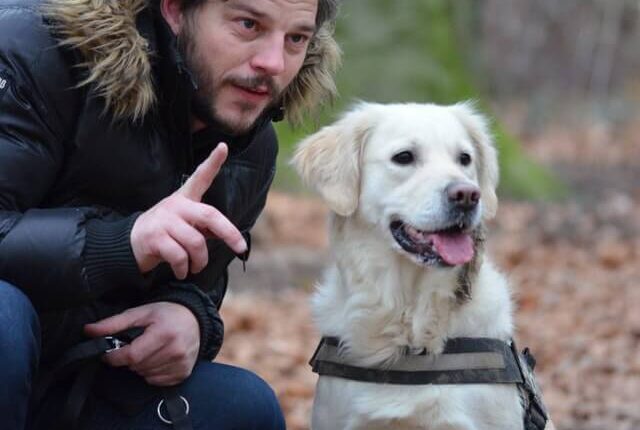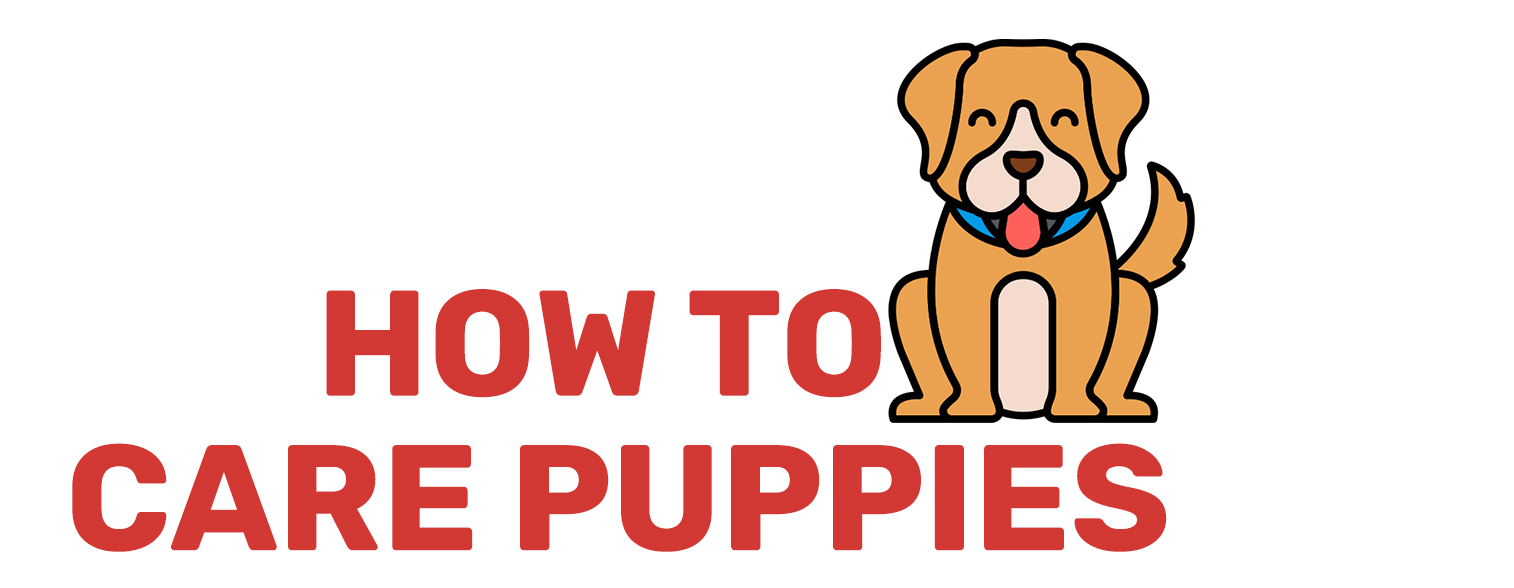
From pet to best-friend: a dog’s journey as he trains to be a companion for the visionless
Table of Contents
A dog is a man’s best friend (overused, perhaps, but very true nonetheless.)
In those tough times of life when others around you may abandon you, your dog will stick by your side till his last breath. A dog’s love sees no distinction: of race, colour, creed or gender. And even the ability to see (or not to see.)
Perhaps it is this reason why dogs are one of the most frequent and undoubtedly most adorable companions to those who have lost their vision. The term used for them is a guide dog, but honestly, they do a lot more than guiding in the physical sense.
The emotional bonding between the dog and its owner is one that can be hardly described in words.
The owner develops a sense of trust for his little friend that is unlike any other, and to reciprocate this affection at the other end is the perhaps the most devoted creature there is on earth. Starting from avoiding major or minor obstacles in their way, to stopping at curbs or negotiating traffic- the guide dog helps to make his owner’s life a lot more hassle-free. But how are these little guides so well prepared to take care of their owners?
A little puppy is born- soft and hug-able.
He opens his eyes for the first time on his 28th day, orchestrating a wave of ‘awws’ by all those insights. On day 40, he starts to respond to his name. Running across the grounds towards you as you call out his name, it’s like a little treat for him, the master is calling me.
Next, he’s coaxed into learning to use the stairs; to run and to stop when told. He’s weighed and measured, made sure the little boy is growing all nice and strong- after all, he needs all that energy for the immense responsibility that he’s being trained for. He learns all the modest tricks in the book: jumping through tires or fetching a flying saucer- he’ll do it all with joy.
When he’s about 10 weeks old, he’s taken (leaving all those behind in tears) to his raiser’s family home. Here he is taught to bond with people and receives all the love and care from a family that teaches him to care for those around him.
The raiser’s family plays games and gives the little chap treats to keep him happy and energetic.
All along his weight and height are kept in strict observation to keep him healthy and fit. At about 14 weeks he is taken from his raiser’s family (again, leaving them in tears) and sent for his final training.
He learns to walk in a straight line in the centre of the pavement unless there’s some obstacle; to judge height or width so that his owner does not bump their head or shoulders. They’re made aware of not to turn corners unless told do, and stop at curbs and wait for the command telling him in which direction to go next.
The training is rigorous and very demanding- and not all dogs qualify to become a guide dog. For the majority that does make it though, the introduction to their owner marks the beginning of a sacred bond for years to come. The beautiful scene of a man with his guide- the affection they share is sure to bring tears in the eyes of even the toughest ones of us.
